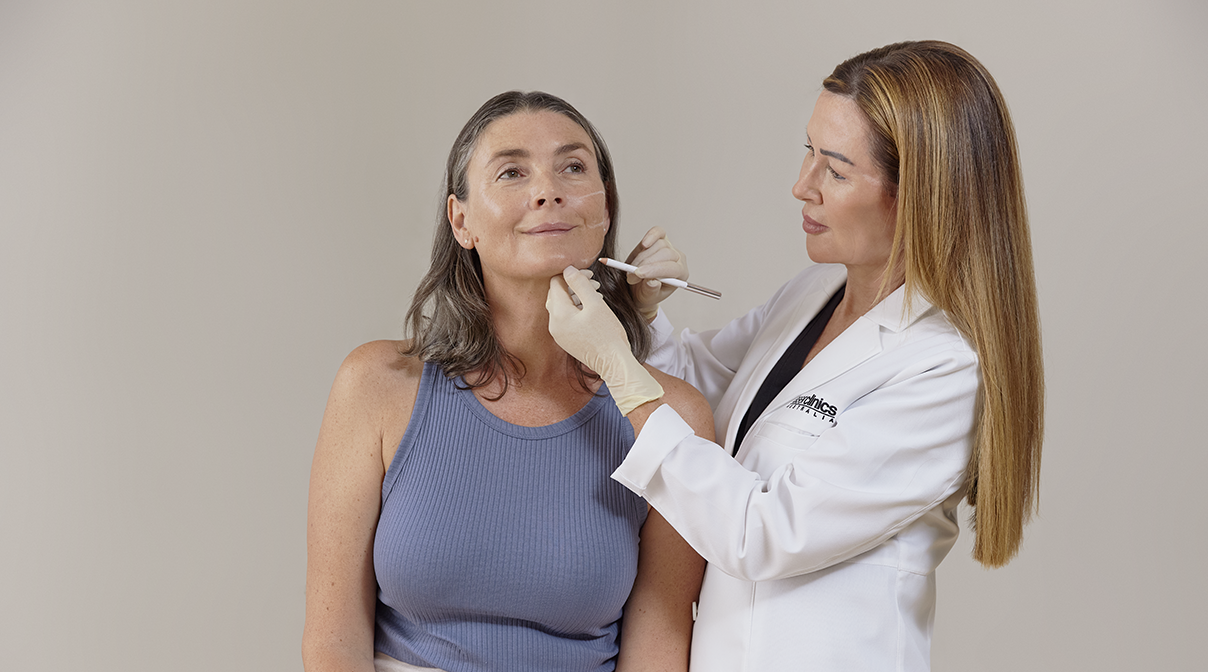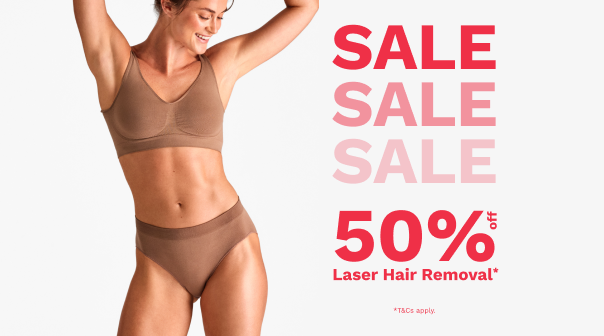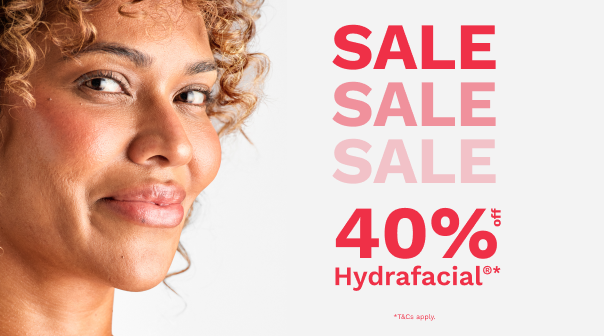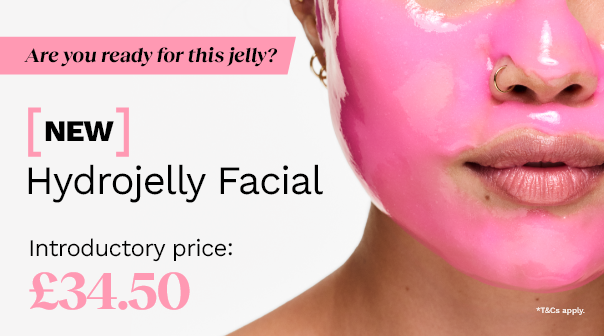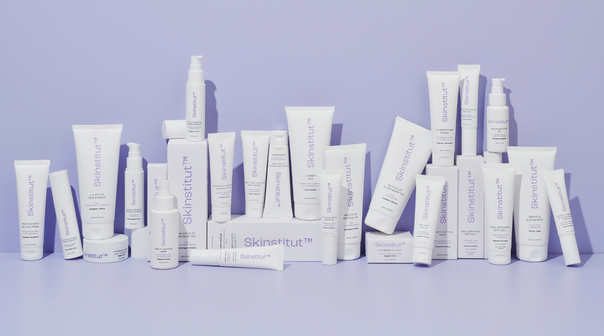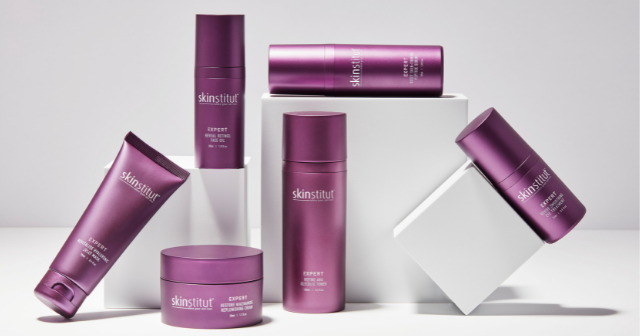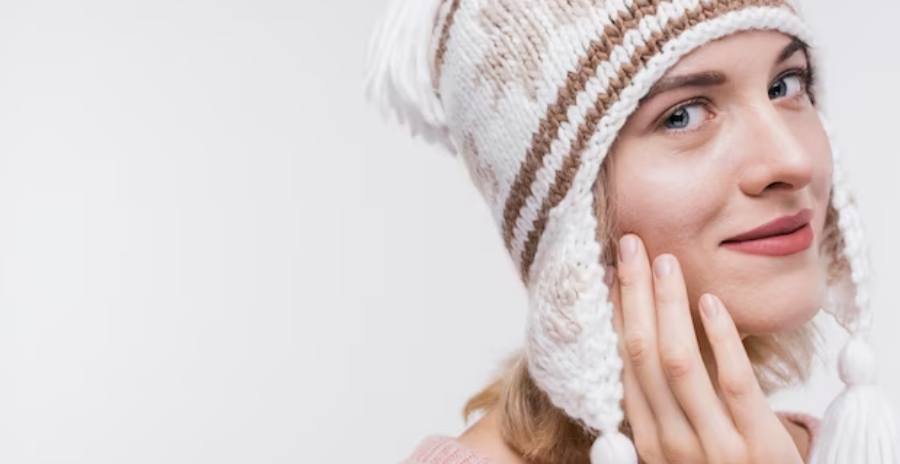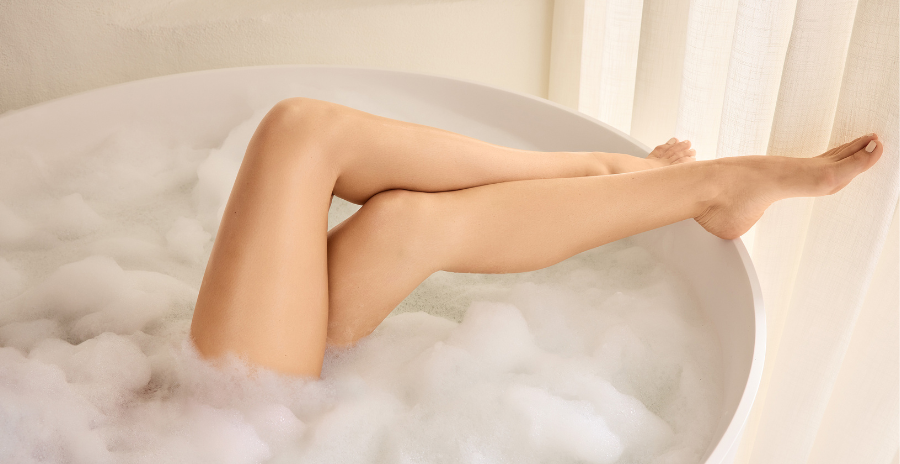Ever glanced in the mirror and wondered, “Why is one side of my face waging a war against me?" You're not alone. Waking up to a cluster of pimples on one cheek or chin can be a frustrating and confidence-shattering experience. But what causes acne breakouts on one side of the face, and more importantly, what can you do about it?
Let's explore why acne seems to favour one side of your face and equip you with solutions for clearer, more balanced skin.
1. Hormonal Imbalance
Dysregulation of hormones, especially those associated with puberty, menstruation, or polycystic ovary syndrome (PCOS) can trigger acne breakouts.
For instance, young adolescents with comedones or white bumps in the face may gradually develop lesions. When they are adults, they will begin to experience acne primarily on the lower face and neck area, with these flare-ups typically associated with menstrual cycles.
The surge in the hormone androgen stimulates sebum (oil) production, which clogs pores and leads to inflammation and acne.
2. Contact With Irritants
The culprit of one-sided acne breakouts may sometimes be luring in your daily routine or environment. Certain products and lifestyle habits can trigger inflammation and skin irritation.
Here are some common ones:
- Hair products like oils, gels, and sprays easily transfer to the face, especially for those with long hair or bangs. These products can clog pores and lead to breakouts on the forehead area.
- Comedogenic (pore-blocking) makeup or skincare products can also trigger breakouts. Make sure to opt for products labelled as “non-comedogenic” or “oil-free” to reduce the risk of clogging your pores.
- Talking on the phone can also cause acne breakouts; but not in the way that you might think. Higher concentrations of bacteria present on the phone, mixed in with the oil and makeup that build up on the device over time can make you likelier to develop acne breakouts on your ear. It is advised to clean your phone regularly with alcohol or disinfectant wipes.
- According to a study, pillowcases and bedding sheets can also cause breakouts, as they tend to accumulate dirt, oil, and bacteria- all of which transfer to your face as you sleep.
3. Friction And Pressure
Friction and pressure from everyday objects can further irritate your skin. This condition is known as acne mechanica which manifests as lesions on the skin.
There are various causes of this acne type, from wearing tight straps and belts, sports gear, or occupational pressure (a truck driver inadvertently rubbing their back against a seat, for instance).
Clothing like tight collars or backpack straps can also irritate the skin and cause acne on the neck or shoulders. Consider switching to breathable fabrics and looser-fitting clothes. If you’re a side sleeper, flip your pillow regularly or switch to a silk or satin pillowcase to reduce friction.
Other Causes Of One-Sided Breakouts
Other factors can lead to acne appearing predominantly on one side of your face:
Rosacea or folliculitis often mimic acne: They appear as persistent redness, bumps, or other changes in the skin. It’s strongly advised to consult a dermatologist to get an accurate diagnosis and treatment.
Drug-induced acne: Medications like corticosteroids and anticonvulsants can also lead to acne. If you have recently just started a new medication and noticed a change in your skin, consult with your doctor.
Despite limited research that definitively concludes certain foods lead to acne, a change in diet suggests that it does play a role. One study published highlighted the absence of acne in certain populations on traditional diets, like the Canadian Inuit, and South African Zulus.
The emergence of acne in these groups has been attributed to the adoption of Western diets, typically high in processed food, dairy, and refined sugars. It’s possible that the high glycemic index of these foods, which rapidly increases blood sugar and insulin levels, could contribute to acne flare-ups.
It’s important to note that these are less common causes of one-sided acne, and consulting with a dermatologist is the best way to rule out underlying medical conditions or side effects from medication, if any.
Treatments And Prevention Tips For Acne Breakouts On One Side Of The Face
One-sided acne breakouts don’t have to be a recurring nightmare. Here are some at-home remedies and professional treatments that can help you win the fight against one-sided acne.
At-Home Remedies
Some acne cases require professional intervention, but here are some routines or changes you can adopt to manage and prevent breakouts:
- Gentle cleansing with a mild, non-comedogenic cleanser. Don’t use harsh scrubs or soaps as these tend to irritate the skin and worsen breakouts.
- Topical treatments containing benzoyl peroxide or salicylic acid may help unclog pores and reduce inflammation.
- For individual acne, apply a spot treatment containing benzoyl peroxide, salicylic acid, or sulphur to dry out the blemish and reduce redness.
- Avoid touching your face with unwashed hands, wash pillowcases regularly, and keep hair off your face to reduce oil and bacteria transfer.
- If you think your diet is to blame for acne, consider reducing your intake of processed foods, sugary drinks, and dairy products.
Professional Treatments: When At-Home Care Isn’t Enough
Professional treatments provide a more targeted and tailored approach to addressing acne on one side of the face. Laser Clinics United Kingdom offers a range of advanced treatments that can help clear your skin and prevent future breakouts.
Clear & Bright Cosmetic-Grade Peel
This Cosmetic-Grade Peel combines alpha hydroxy acids (AHAs) and lipo hydroxy acids (LHAs) to exfoliate the skin, reduce hyperpigmentation, improve texture, and control oil production.
Microdermabrasion
Microdermabrasion is a minimally invasive procedure that exfoliates the skin, removes dead skin cells and unclogs pores.
HydraFacial Platinum
HydraFacial is a multi-step facial treatment that cleanses, exfoliates, extracts, and hydrates the skin. It provides a deep clean and helps improve skin tone, and texture, reduce pore appearance, and minimise breakouts.
One-sided acne breakouts don’t have to be a source of frustration. Understanding its causes, triggers, and alleviating treatments are all proactive steps towards clearer, more balanced skin.
If you’re ready to say goodbye to one-sided acne and regain your confidence, Laser Clinics United Kingdom’s team can craft a Tailored Treatment Plan, especially for you.
Book a complimentary consultation with our experienced Skin Therapists today.
Disclaimer: The information provided in this article is intended for general knowledge and informational purposes only. While we strive to provide accurate and up-to-date information, the content presented here should not be considered a substitute for professional advice.
Always consult with a qualified professional or expert for any questions you may have regarding your specific needs or concerns. The authors and publishers of this article do not assume any responsibility or liability for any consequence resulting directly or indirectly from any action or inaction you take based on the information found in this article.

